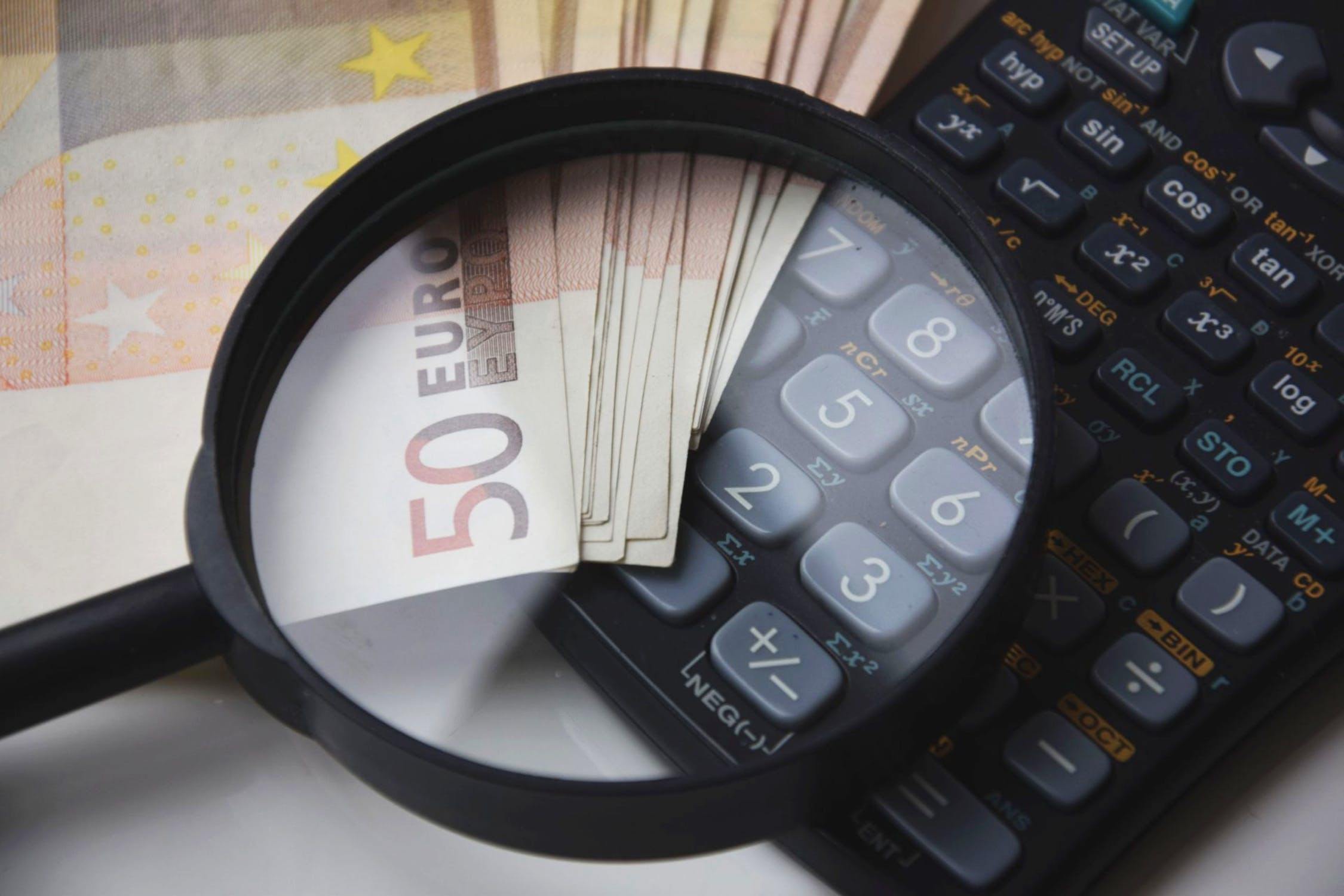Featured
Discovering US exchange-traded funds: Types and investment considerations
Investing in exchange-traded funds may look quite complicated, but it could prove to be profitable when done the right way.

Over time, exchange-traded funds (ETF) have proven to be the easiest way to go if you are a trader with a high interest in buying and selling across all sectors from bonds, commodities and stocks in the U.S. This form of trading offers investors the chance to trade in the most popular markets across the world based on their personal account.
With exchange-traded funds, investors get the advantage of flexibility and convenience similar to trading in stocks, and the expansion offered by index funds and other managed high price funds. Thanks to the expansion of the ETF market in the U.S., the number of ETFs that an investor needs to track has increased, making tracking important in order to understand the most popular and likely to bring in profits.
Types of exchange-traded funds in the U.S.
Market exchange-traded funds
This type of ETF tracks major markets and offers the most active traded funds in the U.S. market. There are so many market ETFs that some of them do not measure up but rather trade on the low-volume indices. The overall goal of a market exchange-traded fund is to emulate and not outperform a primary index.
Foreign exchange-traded funds
There are a number of foreign exchange-traded funds that a U.S. investor can trade in. They are ideal for investors looking to hedge against or gain exposure to risks involved with foreign investments. This means that as an investor, you can use regional or country exchange-traded funds such as the Japan Nikkei Index.
Non-exchange-traded funds
There are a number of products that perform similarly to the ETFs by tracking indexes, but in most cases, they seek to outperform them. Without proper knowledge of exchange-traded funds, an investor may be trading with these types of products, which have higher risks compared to the ETFs.
Check these before buying exchange-traded funds
Tracking errors
The price of an exchange-traded fund should be close to that of the investment being tracked to ensure market liquidity. However, in cases of tracking errors, the price mimics that of the tracked investment due to costs such as tax and other fees associated with the investment.
Checking for tracking errors ensures that the investment is in line with the expectations.

Prices of exchange-traded funds give a probability of selling them more or less than their actual costs. (Source)
Pricing
In relation to tracking errors, it is important to note that the cost of an exchange-traded fund is meant to stay close but not at par or above that of the underlying investment. If the cost quoted is higher than that of the underlying investment, the possibility of buying an exchange-traded fund at a higher cost than the actual price is highly likely.
On the other hand, if the cost is way lower than the underlying investment, there is a possibility of selling the exchange-traded fund at a cost lower than the investment, resulting in losses.
Investing in exchange-traded funds
If an investor considers buying an exchange-traded fund, it is important to consider the prices depending on whether you are buying or selling based on the Net Asset Value. This information is available from the exchange-traded fund providers in real time. Check for updates on each ETF before trading to avoid any pricing-related errors that may lead to losses.
To get the best from the prices given per exchange-traded fund, the best time to place a buying or selling offer is as early as 30 minutes after the opening of the stock market. This should be done even when trading in foreign exchange-traded funds since it allows you to place orders when the foreign market is open, essentially making it easy to balance the share values and exchange-traded fund price.
Factors to consider before investing in ETFs
Tax
Make sure you are aware of all the taxes associated with the exchange-traded fund in the local market and in the foreign market to understand how returns will be taxed.
Index provider
Before investing, ensure that the provider is well-known by consulting market experts since some providers may have a history of making losses. This is important, especially for foreign exchange-traded funds.
Fees
Consider any cost associated with the exchange-traded fund such as the spreads associated with buying and selling to understand the cheapest and viable option. The higher the fee per ETF, the lower your profits are.
ETFs may sound complex at first, but they have built a reputation for profitability if done the right way. With this knowledge, your path should be a little bit smoother on the journey to profit.
—
DISCLAIMER: This article expresses my own ideas and opinions. Any information I have shared are from sources that I believe to be reliable and accurate. I did not receive any financial compensation for writing this post, nor do I own any shares in any company I’ve mentioned. I encourage any reader to do their own diligent research first before making any investment decisions.

-

 Crypto1 week ago
Crypto1 week agoXRP vs. Litecoin: The Race for the Next Crypto ETF Heats Up
-

 Biotech5 days ago
Biotech5 days agoSpain Invests €126.9M in Groundbreaking EU Health Innovation Project Med4Cure
-

 Crypto2 weeks ago
Crypto2 weeks agoRipple Launches EVM Sidechain to Boost XRP in DeFi
-

 Biotech1 day ago
Biotech1 day agoAdvancing Sarcoma Treatment: CAR-T Cell Therapy Offers Hope for Rare Tumors

























You must be logged in to post a comment Login